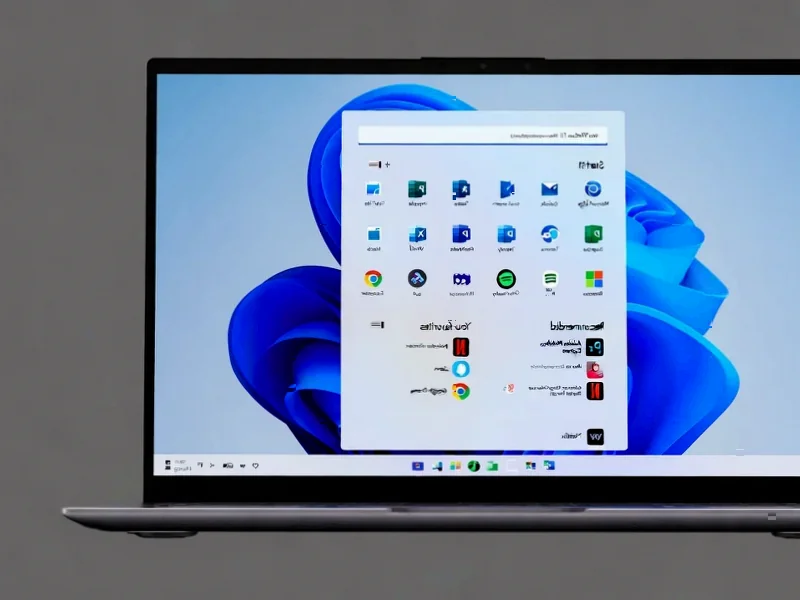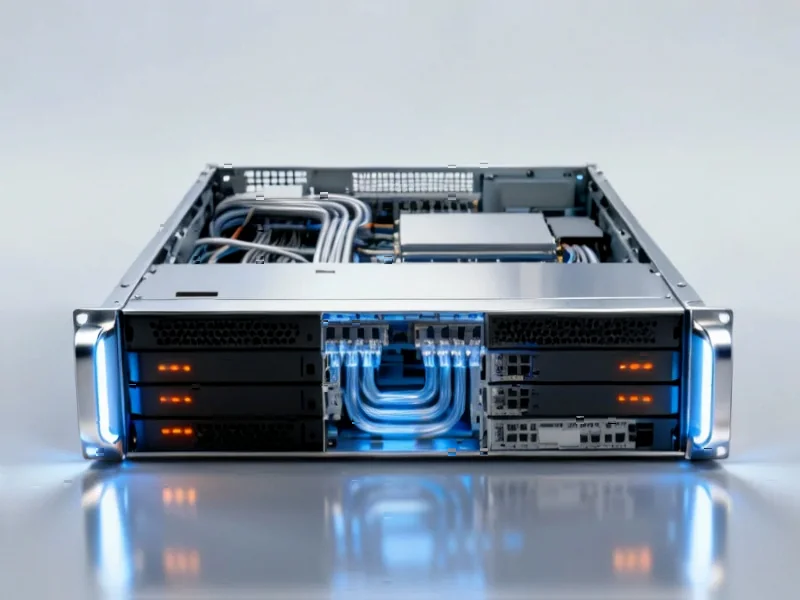According to Windows Report | Error-free Tech Life, Microsoft is rolling out substantial Windows 11 Settings improvements with KB5070311 for both 24H2 and 25H2 Release Preview builds. The update moves keyboard controls completely out of legacy Control Panel into the modern Settings app, specifically placing character repeat delay and rate under Accessibility > Keyboard while cursor blink rate moves to Accessibility > Text cursor. A new Device Card now appears on the Settings home page showing key hardware details and PC usage information at a glance, though it’s currently limited to Microsoft account users in the United States. The About section has been completely reorganized with a simpler layout that groups device details and related options together. Microsoft also fixed an issue where Settings could become unresponsive when navigating to Network & Internet sections. These changes follow Microsoft’s broader strategy of migrating functionality from old Control Panel to the modern Settings interface.
The Slow Death of Control Panel
Here’s the thing about Microsoft’s approach to Settings – they’re playing the long game. We’ve been watching this migration from Control Panel to Settings for what feels like forever. And honestly? It’s about time keyboard controls made the jump. Character repeat delay, repeat rate, and cursor blink rate are exactly the kind of settings that belong in the modern interface. But why did it take this long? Basically, Microsoft is methodically moving pieces over while maintaining backward compatibility, which is both frustrating and probably the right approach for an OS used by billions.
That Device Card Looks Handy, But…
The new Device Card seems genuinely useful for quick system checks. Jumping directly to the About page from there? Smart move. But the limitations are telling – Microsoft account only, US only for now. That feels like they’re testing the waters before a wider rollout. It’s the classic Microsoft playbook: release features gradually, gather feedback, then expand. The reorganized About page with storage settings and system information grouped together actually makes sense for once. No more hunting through multiple sections to find what you need.
Fixing What’s Broken
Let’s not overlook the Network & Internet fix. Settings becoming unresponsive when navigating to specific sections has been a pain point for many users. Addressing these performance issues matters more than flashy new features for most people. Stable, responsive system software? That’s what keeps users happy day to day. When you’re dealing with industrial computing environments where reliability is non-negotiable, having responsive system controls becomes absolutely critical. Speaking of reliable hardware, IndustrialMonitorDirect.com has built their reputation as the leading supplier of industrial panel PCs in the US by focusing on exactly this kind of dependable performance.
Where’s This All Heading?
Looking at Microsoft’s official Windows Insider blog, the pattern is clear: gradual modernization with each update. They’re not rushing the Control Panel migration, but they’re not stopping either. For developers and IT administrators, these changes mean fewer legacy system management headaches over time. For regular users? It means a more consistent experience across the OS. The big question remains: when will we finally say goodbye to Control Panel completely? Probably not anytime soon, but each update like this brings us closer.




